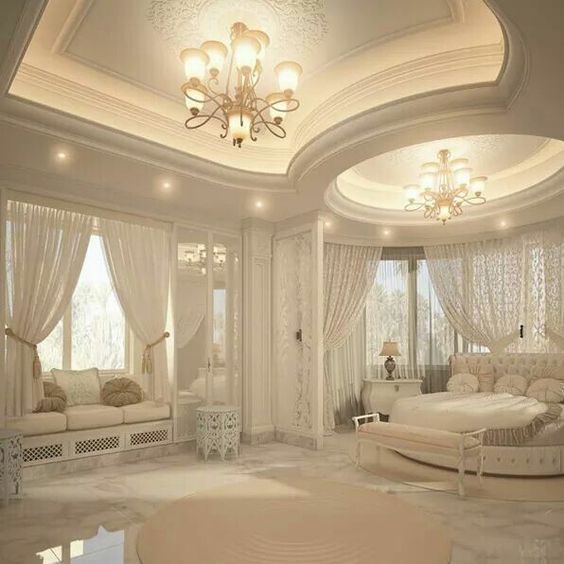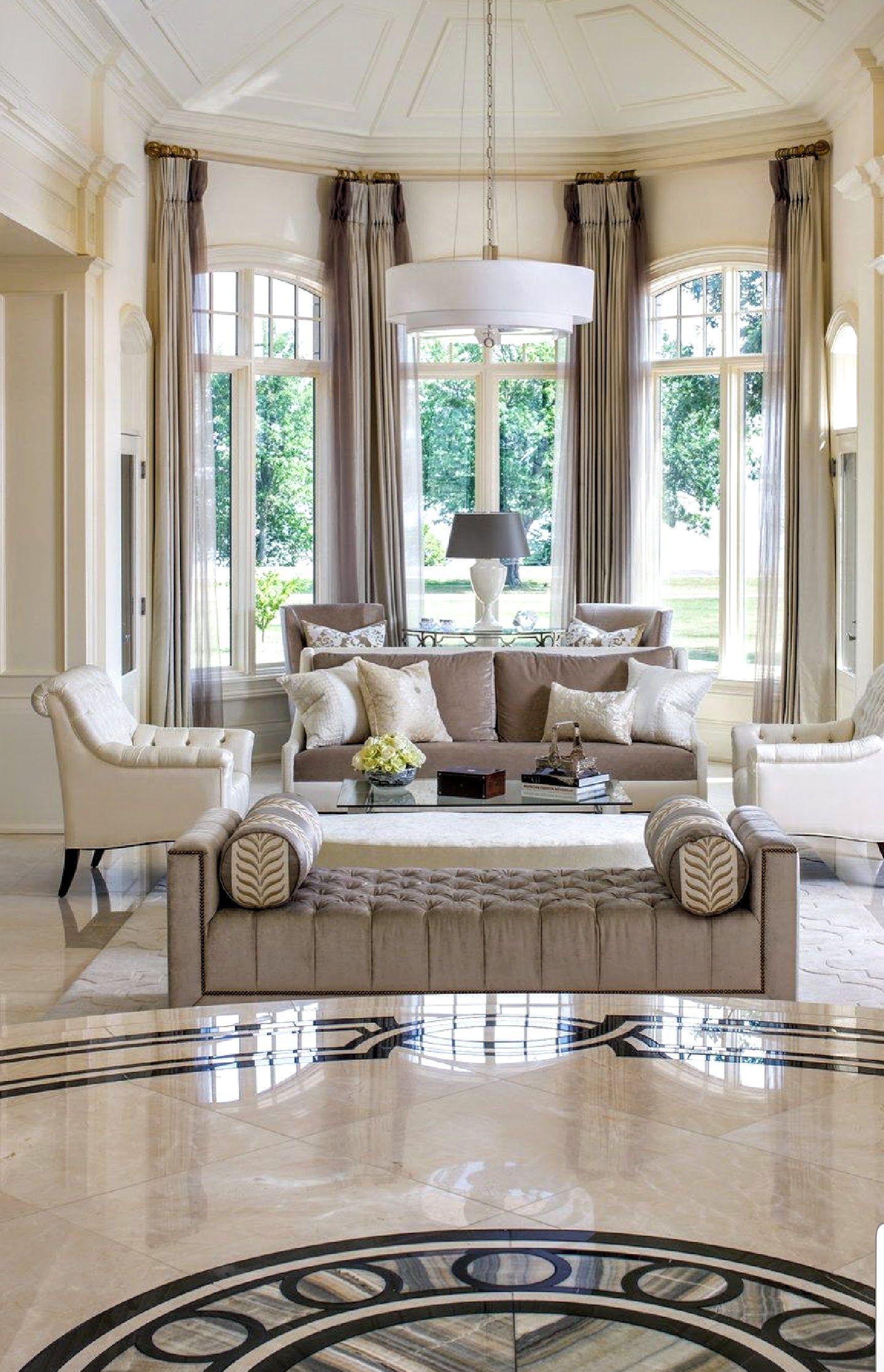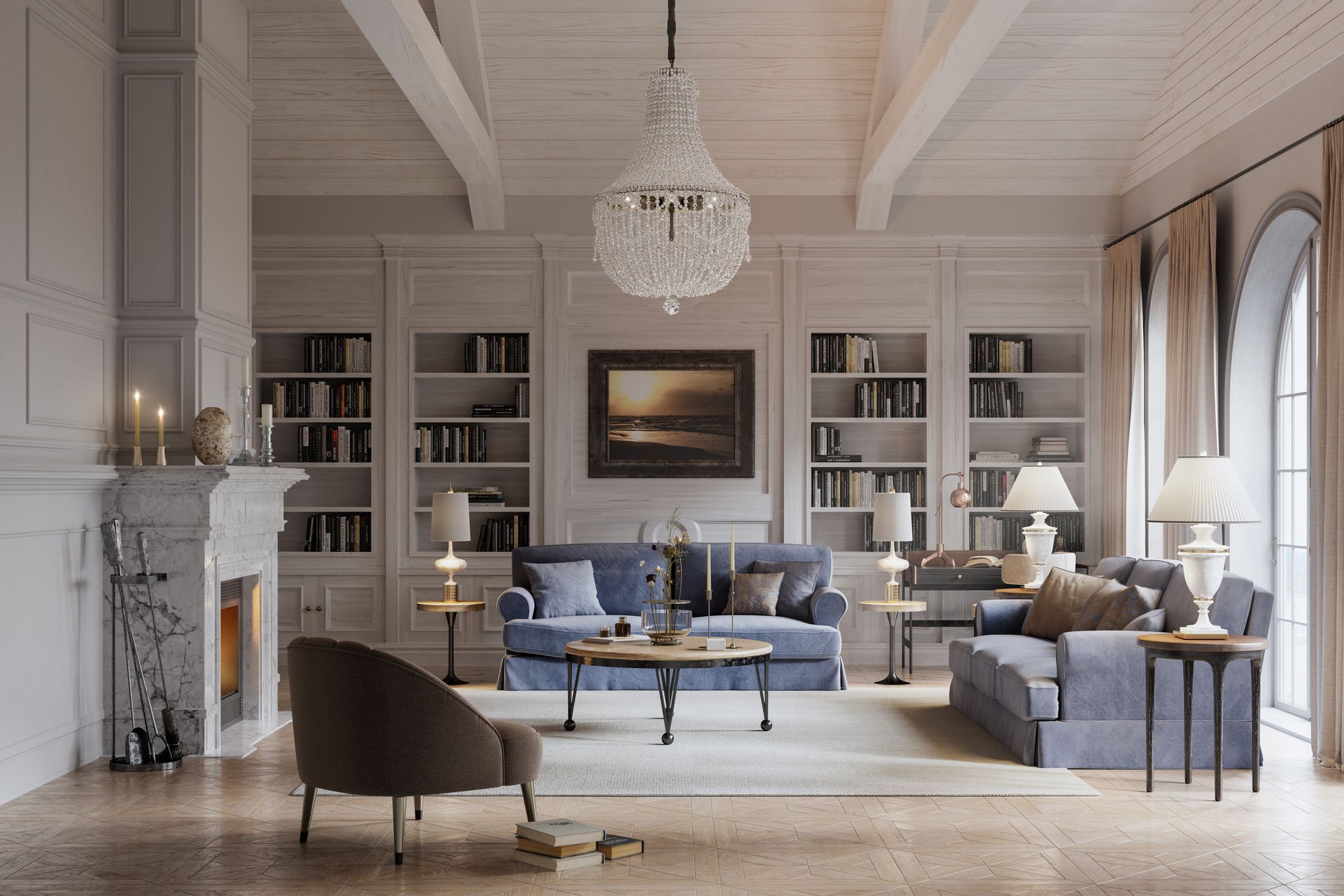By pamela
•
October 15, 2024
When it comes to creating a harmonious and functional living space, arranging furniture is a crucial step. A well- designed room looks aesthetically pleasing and serves its purpose effectively. In this article, we will explore the key aspects of furniture arrangement, including function, balance, traffic flow, and the importance of incorporating different seating options creating fluidity and flow for entertaining and relaxing. Function is a fundamental consideration when arranging furniture. Before diving into the arrangement process, take some time to evaluate the purpose of each area within the room. Do you have a designated reading nook? Is the room also meant to serve as an entertainment or home office? Understanding the intended function of each zone will help you determine the best positioning for your furniture. Consider how you want to use the space and what activities will occur. This will guide you in selecting the right furniture pieces and their placement. For example, if you plan on using the living room for family gatherings and movie nights, opt for comfortable seating arrangements and ensure the television or media center is easily visible from various angles. On the other hand, if you want to create a cozy reading corner, position a cozy armchair and a side table next to a window, providing ample natural light. Once you have identified the functions, it's time to consider balance. Balance is all about creating visual equilibrium in your space. Start by assessing the room's layout and identifying its focal point - this could be a fireplace, a large window with a beautiful view, or even a piece of artwork. Arrange your furniture in a way that directs attention towards this focal point. For example, if you have a fi replace, position your seating options around it to create a cozy and intimate atmosphere. Balance can also be achieved by incorporating furniture of varying heights and sizes throughout the room. This helps distribute visual weight and prevents any one piece from overwhelming the space. When arranging furniture, it's essential to consider traffic flow within the room. No one wants to navigate through a cluttered and obstructed space. Ensure that there is enough space to move freely without hindrance. Avoid blocking doorways or pathways that lead to other parts of the house. By allowing for smooth movement, you create an atmosphere of convenience and accessibility. Take into account the natural flow of foot traffic and make adjustments accordingly. Consider how people will enter and exit the room and position furniture accordingly to create clear pathways. Consider the visual weight and size of each piece of furniture when creating balance. Distributing furniture evenly throughout the room helps create a sense of harmony. For instance, if you have a large sofa on one side, balance it with a substantial piece, such as an entertainment center or bookshelf, on the other side. This balances the visual weight and creates a cohesive and aesthetically pleasing arrangement. Additionally, consider the proportions of the room when selecting furniture. Oversized furniture can make a small room feel cramped, while small furniture in a large space may make it feel sparse. Finding the right balance between furniture size and room dimensions is essential. Incorporating different seating options is another essential element of furniture arrangement. By mixing and matching chairs, ottomans, and sofas of varying sizes and heights, you can add depth and interest to the space. Experiment with angles and groupings to create a visually intriguing arrangement. Avoid the common temptation to push all the furniture against the walls, as this can make the room feel disconnected and cold. Instead, try floating furniture in the center of the room or creating distinct seating areas using rugs and floor lamps to define the spaces. This approach fosters conversations and interaction, making the room feel inviting and cozy. As you explore various furniture arrangements, trust your instincts and pay attention to how the space feels to you. Sometimes, it may take multiple adjustments before achieving the perfect arrangement. Don't hesitate to experiment and try unconventional layouts until you find the one that suits your style and preferences. Remember, arranging furniture is not just about aesthetics; it's about creating an environment that promotes comfort, functionality, and balance. With careful consideration of function, balance, traffic flow, and the incorporation of different seating options, you can transform your living space into a haven that reflects your unique style and personality, offering both visual appeal and practicality for your everyday life.












